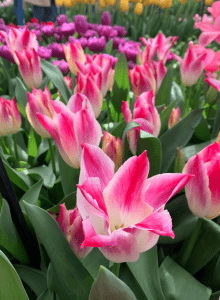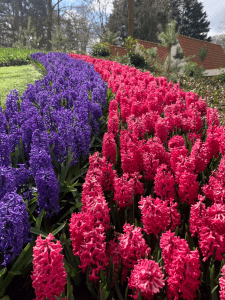Written by Lillian
September 19th, 2022
I am an avid space enthusiast, so when I learned this year’s International Astronautical Conference was being held an hour train ride away in Paris, I applied to attend immediately! The IAC is an annual conference hosted by the International Astronautical Federation to gather space actors together to discuss the space industry, technical research, and networking opportunities. The conference’s theme was “Space for All”, with a focus on improving access to space in smaller, developing countries, minority groups including people with disabilities, and other fields of study and career disciplines outside of engineering.
During the conference, I was able to network with a wide variety of different space agencies and companies. The conference had an entire room dedicated to technical exhibitions, featuring a huge array of experiments and projects from various space agencies. These agencies had booths explaining some of their key discoveries and technologies. One of the things which surprised me at this conference was learning almost every European country had a flourishing space agency. From larger countries such as Italy and Germany to smaller countries like Switzerland, Luxembourg, and Poland, all attending European countries had booths. These countries are a part of the ESA (European Space Agency), which is the European equivalent of NASA. The ESA has helped develop spacecrafts such as the Orion Spacecraft Service Module and the Solar Orbiter. Many non-European countries were represented as well such as South Africa, Australia, New Zealand, Brazil, India, and China. Some countries were focused on hiring students and employees. In Belgium, for example, 25% of positions are open, and they are open to hiring students from NATO countries!
The exhibition also included many different snacks and foods from each country. I loved going around trying all the different foods, from German pretzels to chocolates from New Zealand!
Several talks on novel technologies and research pertaining to the space industry were presented throughout the conference as well. One of my favorite sessions was about food and nutrition in space – the presenters hosted a chocolatier who is focusing on creating truffles for astronauts. He created truffles that include the same amount of caffeine as a Red Bull and another truffle with kumquat extract that contains all the necessary nutrients for a single day. These chocolates will hopefully be used in space as a source of vitamins that can stimulate the senses more than other foods!
We even got to try the chocolates! We listened to two different songs, one relaxing and one upbeat, while eating them to show the effect of music on food taste.
The conference also hosted some major players in the space industry including Bill Nelson, the Director of NASA; Lisa Campbell, the President of the Canadian Space Agency; Philippe Baptiste, the President of Centre National d’Etudes Spatiales (CNES)— the French space agency; and Josef Aschbacher, the Director General of the ESA. I also was able to meet one of my favorite science communicators…
Bill Nye the Science Guy! Bill! Bill! Bill!
Overall, the International Aeronautical Conference was a blast (off!) to attend. I enjoyed viewing all the different exhibits, listening to the keynote speakers, and networking with so many European professionals. I am so thankful for this opportunity, and I hope I will have similar opportunities in the future while studying at GTL. For a future note to students, the 2024 IAC Conference will be hosted in Milan, Italy!
Ad Astra!

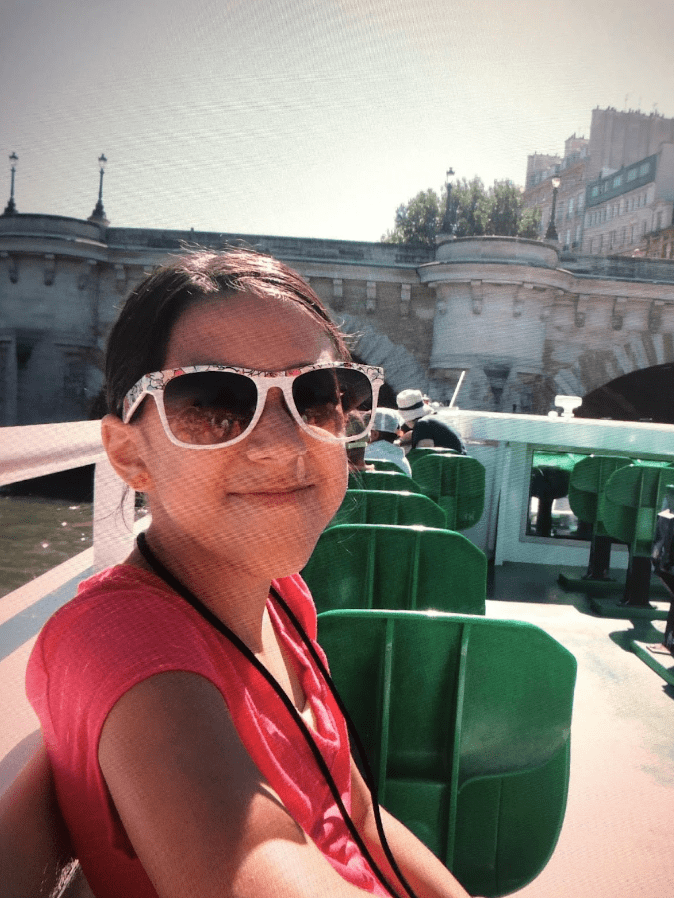
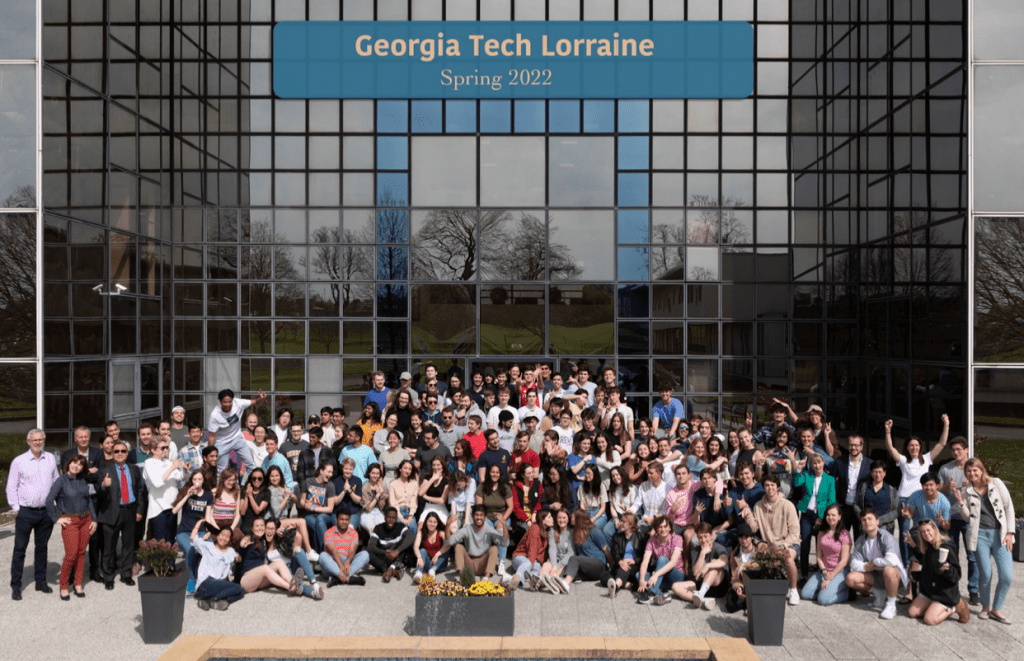
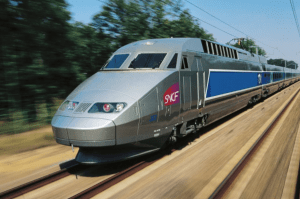
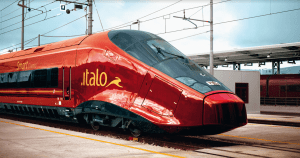
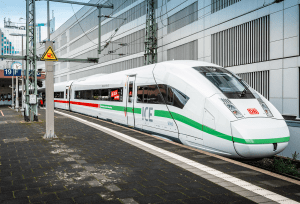
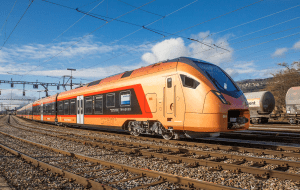
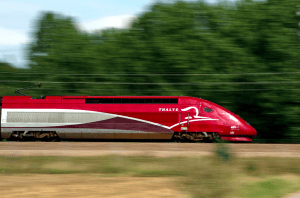
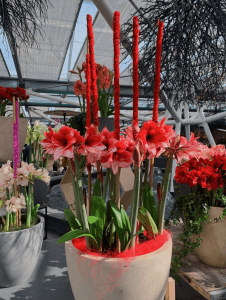 Warmth. As the sun began to filter through the trees, the first signs of Spring emerged as tiny flower buds nestled within the greening grass and started peeking out from the crackly tree branches. In Metz and across Europe, a myriad of colors began to paint the cold, bleak canvas left by winter.
Warmth. As the sun began to filter through the trees, the first signs of Spring emerged as tiny flower buds nestled within the greening grass and started peeking out from the crackly tree branches. In Metz and across Europe, a myriad of colors began to paint the cold, bleak canvas left by winter. 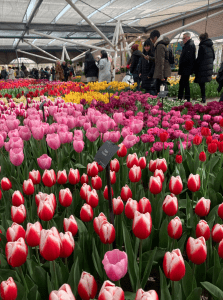
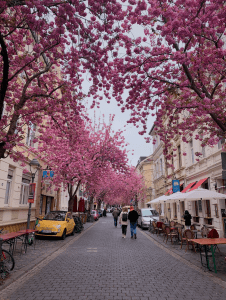 This glorious stretch of cherry blossom was just a random find when we visited Bonn, Germany.
This glorious stretch of cherry blossom was just a random find when we visited Bonn, Germany. 